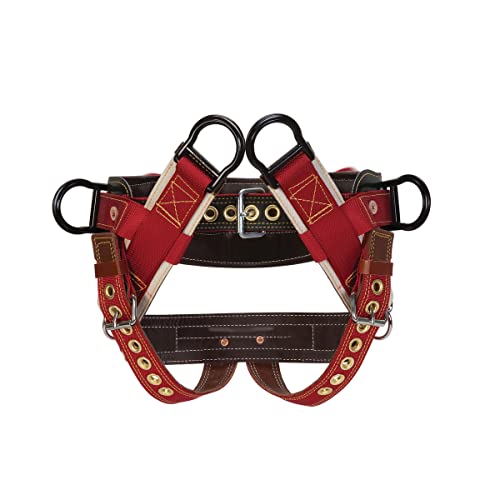I always thought a zerk was put in place where one was supposed to add grease regularly for lubricating reasons. For example, my friend's Kubota tractor manual says to hit said zerks every 10 hours w/ multipurpose grease. Again, my guess is one is pushing out any accumulated dirt/water/etc. from the interior greased surfaces and ensuring there is enough lube to do the job. The ball joints on a truck I had used rubber boots held in place with either zip ties or metal bands. Greasing the zerks squeezed out old dark grease that looked bad (never analyzed it) compared to the new stuff I was forcing in. Greasing the king pins on my last Ford truck did the same - dirty grease was squeezed out between the joints.

























































